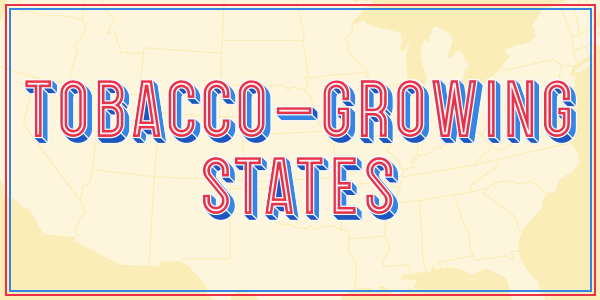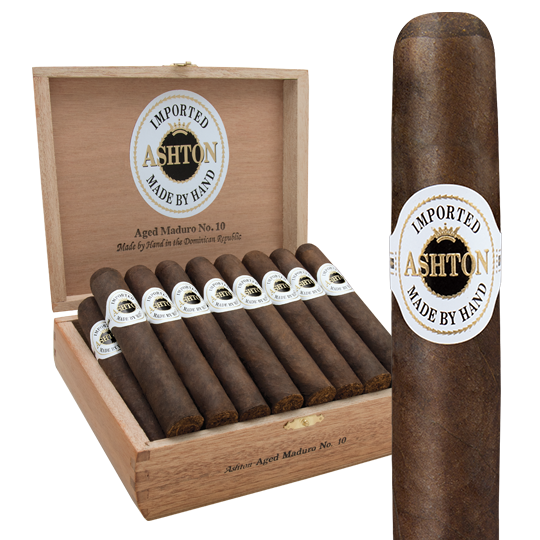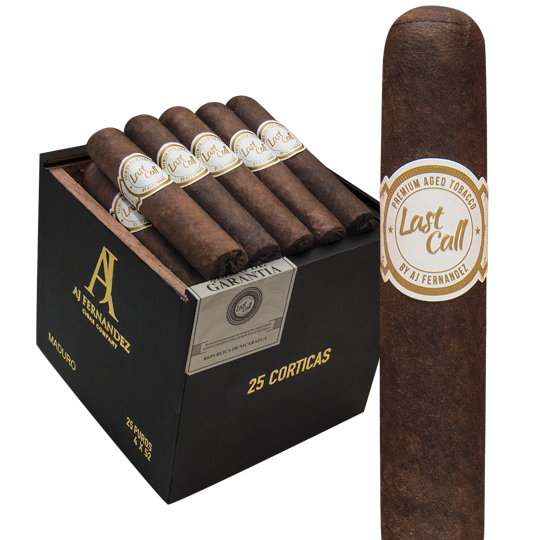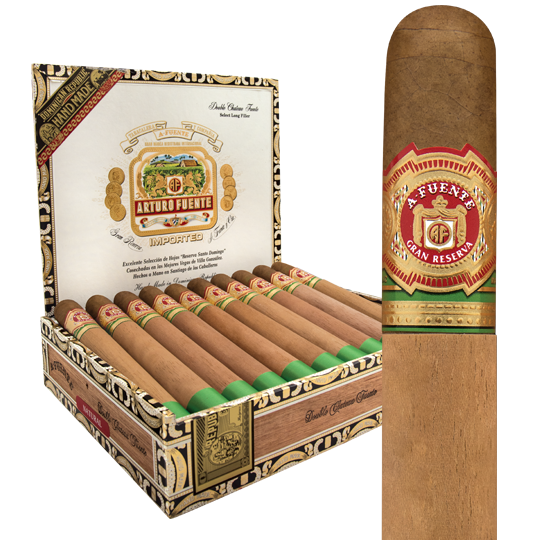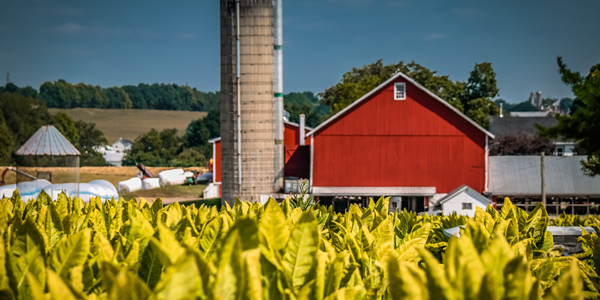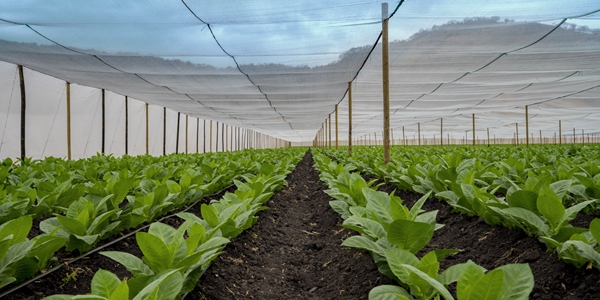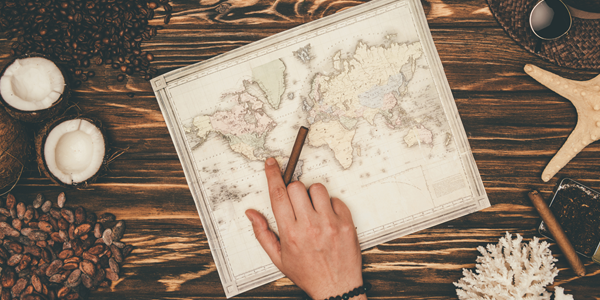Tobacco-Growing States
Back in the day, and we’re talking before the founding of the United States of America, a good deal of tobacco used for cigars was grown in the Connecticut River Valley. The first step in creating or what later became Connecticut Shade around 1900, was taken by a British naval officer who brought Cuban cigar tobacco seeds back to his home in Connecticut after the British invasion of Havana in 1762. Today, Connecticut still produces mostly wrapper leaves. Other states in the nation where tobacco is grown for cigars are mainly Pennsylvania, Kentucky, and Florida. It’s difficult to gauge which state grows the most tobacco for cigars.
Connecticut Tobacco
As many as 2,000 acres in Connecticut, or as few as 300, remain planted with Connecticut Shade. At its peak, the state had more than 20,000 acres planted. Just as Cuban seeds created the Connecticut tobacco, Connecticut seed has led to the birth of Ecuadoran-grown Connecticut Shade, diminishing the need and cost of planting in the US. While not imbued with a particularly strong flavor, Connecticut Shade is prized for its blending characteristics.
“[I]t blends beautifully with almost all tobacco,” said Perez-Carrillo, president of E.P. Carrillo Cigars. “And though most people think it doesn’t add anything to the blend, it complements and rounds out the smoke perfectly. I’m seeing a lot of brands coming out with a Connecticut wrapper because there is a demand for a milder smoke, and today’s cigar smoker wants to experience different blends.”
Connecticut also produces a sun-grown cigar tobacco, Connecticut Broadleaf, also primarily used as a wrapper. This strain probably originated in the 1600s and today is valued in Maduro cigars. Broadleaf is grown directly exposed to the sun. It’s a short, bushy plant with very wide leaves – broadleaf – and, after being cured, they turn quite dark. In the case of broadleaf, the plants are “stalk cut,” meaning the whole plant gets harvested at one time. What is not commonly known is that Broadleaf, combined with Sumatra and Cuban-seed tobacco, is what gave rise to Connecticut Shade.
Some of the better cigars with Connecticut tobacco to give a try are the Ashton Cabinet Selection, with a beautiful Shade wrapper or the Ashton Aged Maduro with a Broadleaf wrapper. The Arturo Fuente Chateau Fuente also comes in the light and dark Connecticut wrappers.
Pennsylvania
The word “stogie” originated in Pennsylvania. To be specific, it comes from Conestoga, Pennsylvania, in Lancaster County, home of the Amish and also of the Conestoga wagon that transported families west in the 1800s. The leaders of the wagon trains would often smoke long, homegrown cigars using fairly rustic leaves that gave off a very strong smell. The cigars became known as stogies.
Cigar tobacco has been grown in Lancaster County for a long time, but due to labor costs and the difficulty of the work in harvesting it, the crops diminished. Most of the tobacco grown there was used in non-premium, short-filler cigars like Phillies and Garcia y Vega. In the 1990s, with the onset of the cigar boom, the county saw a resurgence of interest in Pennsylvania tobacco, especially Broadleaf. As in the 1700s, cigar tobacco today is grown largely by the Amish.
The Central Penn Business Journal reported in 2019 that, “According to the Pennsylvania Department of Agriculture, Lancaster County is home to 946 tobacco operations, and leads Pennsylvania with 70 percent of the state’s 10,000 acres of tobacco.” The county grew more than 16 million pounds and recorded sales of around $30 million.
If you want to check out cigars using Pennsylvania tobacco, try AJ Fernandez Last Call Maduro. This skilled cigar-maker shows how well the Broadleaf from the Keystone State can blend to show off some sweet spice and earthiness. The Camacho American Barrel-Aged is another cigar using Pennsylvania Broadleaf aged in Bourbon barrels, this time as a binder around Honduran filler.
Kentucky
North Carolina grows the most tobacco, Kentucky is second. (Pennsylvania is fifth.) Clearly, most of it is not used in cigars. The tobacco grown in Kentucky that ends up being used in cigars is usually fire-cured, which basically means the leaves are treated in a high-heat environment that brings out flavor and rids them of moisture. Some have called it barbecued tobacco. You will traditionally find this tobacco, often as wrapper leaf, in Italian-style cigars like the Toscano and its US-made counterparts, De Nobili and Parodi. Today, however, premium cigar-makers are deftly using some – really, just a little bit – of the fire-cured tobacco to blend as filler. The makers say the fire-cured tobacco gives their cigars a bit of a smoky aroma.
Florida
Cigar tobacco, it’s thought, was first grown in Florida in the 1820s, just south of the border with Georgia in Gadsden County. The first seeds planted were Cuban and they turned into high-quality wrapper leaves. By 1845, Gadsden County was growing 1.2 million pounds of tobacco and shipping mainly to the growing cigar industry in the US and overseas. The Civil War laid waste to the tobacco economy in the South, only to come back in Florida in the 1880s with Sumatra tobacco. By 1890, Florida was producing some 1.5 million pounds. Not only that, but the state also saw the first growth of shade-grown Sumatra, perhaps years before Connecticut Shade was developed. All of Florida’s tobacco industry was adversely affected by competition from Central American and Caribbean nations that could grow tobacco more cheaply.
Today, Florida is seeing a modest return of tobacco to its fields. Growers are hoping that consumers will be okay paying a little more for cigars containing US tobacco. It’s easier, now, to find premium cigars with tobacco from Florida in them, some made entirely with tobacco grown in the US. And, Florida boasts a deep history of cigar-making in Key West, Little Havana, and Ybor City, and the state is where many premium cigar-makers are headquartered in the US, including Arturo Fuente, Padrón, My Father, Oliva, Rocky Patel, and Perdomo.

